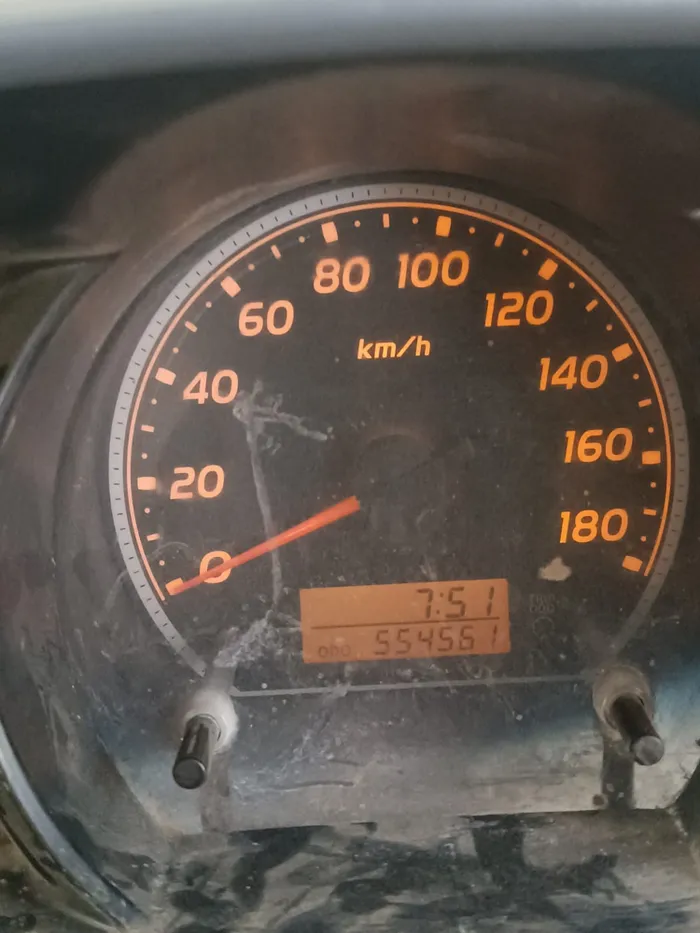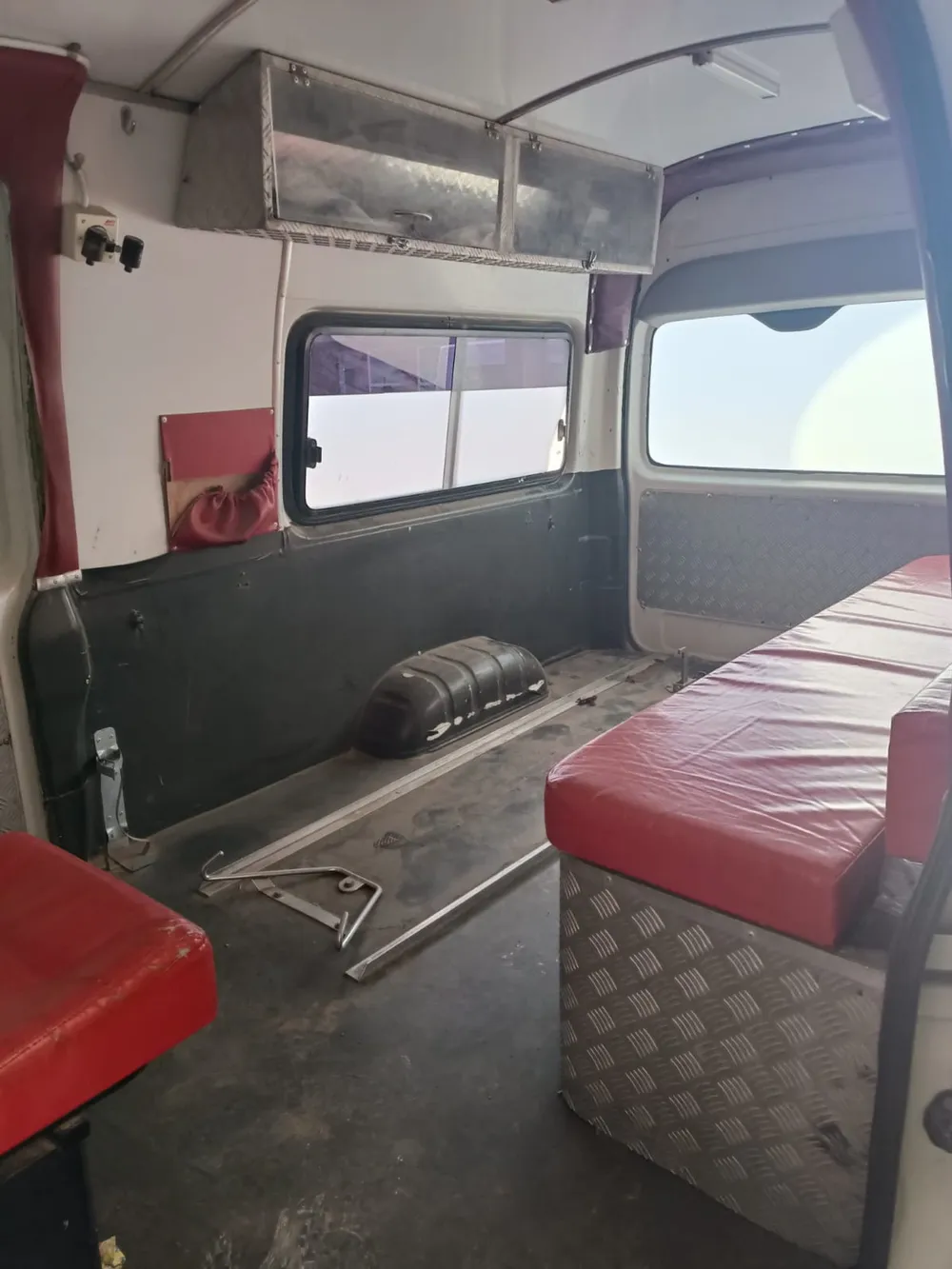NC ambulances ‘under-equipped and unroadworthy’

Ambulances with over 500,000 kilometres on the odometre are still in circulation. Picture: Supplied
THE HEALTH and Other Services Personnel Trade Union of SA (Hospersa) has highlighted the poor state of ambulances in the Northern Cape, which are “under-equipped and unroadworthy”.
Emergency medical staff (EMS) indicated that they were unable to respond to call-outs speedily as there were only four ambulances collecting patients in Kimberley, Ritchie, Bloemfontein and surrounding areas and farms.

They added that they were left with between one to three vehicles in operation in Kimberley when the other ambulances were out of town.
“Last week, EMS had to attend to eight cases in Ritchie. We had to make multiple trips as one ambulance was not able to transport all the patients at once.
“Community members want to assault or attack us with knives if we take too long to respond. Often, we are reluctant to attend to call-outs because our lives are in danger, but then we will be charged for dereliction of our duties.”
EMS staff dismissed with “contempt” allegations that were made that they were involved in the theft of ambulance parts.

Hospersa provincial chairperson Dennis Segano stated that many ambulances were unsafe and were not properly equipped.
“New ambulances that were procured are Mahindra vehicles where a trolley stretcher cannot be wheeled into the ambulances. EMS staff have to physically lift the stretcher up in order to load the patient into the ambulance, which may result in injuries for personnel.”

Segano added that the Mahindra ambulances were too narrow for plus-size patients and did not meet Health Professions Council regulations.
“The Quantum type ambulances are more suitable. It is unacceptable that there are one-man crews where the driver has to load the patient. Who is supposed to monitor the patient’s vitals when he is driving the ambulance?”

Segano indicated that EMS staff were expected to respond to call-outs within 30 minutes but they do not have sufficient resources or personnel.
“The public ambulances cannot compete with 911, Emer-G-Med and ER24. Vehicles are supposed to be replaced after 100 000 kilometres, while ambulances have odometer readings of over 500 000 kilometres. The lives of EMS staff and patients are being placed in jeopardy. These vehicles are not safe and are expected to travel on treacherous roads filled with potholes. State officials do not make use of public health facilities and therefore are not affected by poor service delivery.”

Northern Cape Department of Health spokesperson Lebogang Majaha said the MEC was consistently engaging with EMS management and receiving updates depicting progress made in strengthening emergency services.
“Our mandate as a department is to provide quality health-care service to communities across the length and breadth of the Northern Cape.”
He added that the department had received several complaints regarding the theft of ambulance parts.
“The department is busy investigating and processing the information. In some instances, investigations have been concluded and disciplinary processes are under way.”
Majaha stated that there were on average five ambulances operating between Kimberly and Ritchie.
“All calls from the clinics and Bloemfontein are attended to by a dedicated inter-facility transport (IFT) unit that operates from Galeshewe Day Hospital. This is to ensure that there is no unnecessary burden on local operations.”
He indicated that the department had released an additional 14 new ambulances two weeks ago, in response to the demand for more emergency vehicles.
“The most rural areas of the Province were prioritised. The plan is to reinforce this initiative with the next batch of 35 ambulances that will soon be delivered. It must be noted that our ambulances respond to no less than 10 000 calls a month and most of these calls are in the Frances Baard District.”
